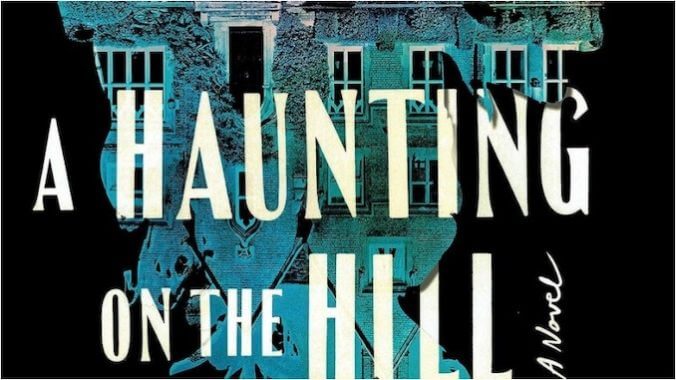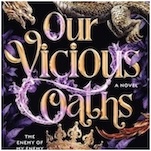A Haunting on the Hill Beautifully Carries the Legend of Hill House Forward

Every horror subgenre has a legacy, a particular dark shadow that’s hard to escape no matter how inventive you get with your stories. In the world of haunted house stories, Shirley Jackson’s The Haunting of Hill House casts a shadow arguably as long as Henry James’ formative The Turn of the Screw, maybe even longer. It’s a towering, singularly influential piece of fiction, and stepping into its shoes to do something new takes guts. It also takes a certain degree of ambition, since you can’t hope to make an impression in Jackson’s world if you’re only seeking to imitate the most chilling parts of her landmark work. Elizabeth Hand has that ambition, and with A Haunting on the Hill, she proves she has the gripping, spellbinding story to match, delivering a novel for both longtime fans of Jackson’s masterpiece, and newcomers looking for a chill on an autumn night.
With the official sanction of Jackson’s own estate (run by her son), Hand set out to craft a new Hill House journey, again following a quartet of people with a job to do who sequester themselves in the legendary, and legendarily dangerous, mansion. This time, though, we’re not following would-be ghost-hunters. Instead, Hand follows four people who are hoping to rehearse for a play that just might change all of their fortunes. There’s Holly, a playwright whose career was sidetracked by a past incident, and Nisa, her rising star musician girlfriend, who’s adapted old folk ballads to play a role in the story, a new adaptation of a tale about a woman persecuted for witchcraft. Along with the couple are Stevie, Holly and Nisa’s sound designer friend with a dark past of his own, and Amanda, the only celebrity among them, an actress who, like Holly, faced a major professional setback in the wake of a dark incident.
Together, they hope that Holly’s play will buoy everything about their respective lives, and when she stumbles upon Hill House while out for a drive in upstate New York one day, Holly decides it’s the perfect atmospheric venue to get their creative juices flowing. So, despite warnings of its own dark history, she rents out Hill House for two weeks, and the artists move in, eager to draw on the home’s energy to create something great. But the energy at Hill House is, of course, hungry and dark and strange, and soon rehearsals are challenged by an emerging presence that could reshape them all.
There is, unsurprisingly, a reverence that grips the novel’s early pages, as Hand sketches out elements familiar to Jackson fans that range from the clash between “flatlanders” from the city and upstate locals who bring grim warnings to, of course, the indescribable menace of a place that, to an outsider, seems like just another dwelling. That menace is then underlined by ominous occurrences that could be supernatural or could be just plain strange, like odd behavior from local wildlife and stains in tablecloths that seem to spread well beyond the bounds of their source. It all creates an atmosphere that’s satisfyingly Jacksonian, but what makes A Haunting on the Hill special is that Hand does not simply want to imitate a literary hero.
-

-

-

-

-

-

-

-

-

-

-

-

-

-

-

-

-

-

-

-

-

-

-

-

-

-

-

-

-

-

-

-

-

-

-

-

-

-

-

-








































